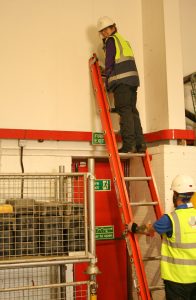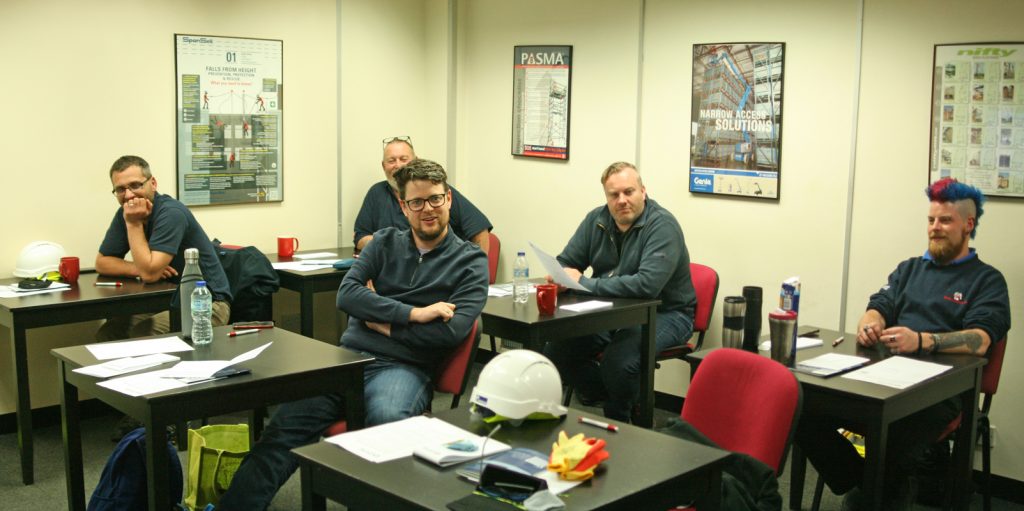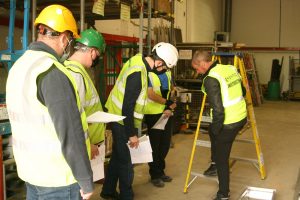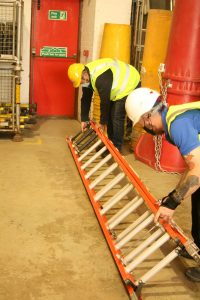When virtual learning isn't enough
May 2021
An account of a day’s training on ladder use and inspection.
A large part of my work during lockdown has been preparing and delivering virtual classroom training, or writing and reviewing elearning courses. I’m a great believer in the power of technology to improve opportunities for learning. Now, we can use Virtual Reality to simulate work at height, escaping from a fire or hazard spotting in any environment you can draw or photograph. But not everything can be taught on a screen. Sometimes, images on a screen or even a simulated world are not enough.
I was delighted then to accept the offer from Steve Booker of Kentec Training to attend their one‑day Ladder & Step Ladder Combined User & Inspection Course. The Ladder Association approved course was held at Kentec’s training facility in Tonbridge. I was one of seven students taken through the day by trainer Dave Keen.


Although I am very familiar with the legislation, and with the theory described in HSE and Ladder Association documents, Dave was able to add examples that brought much of this to life. His description of the unorthodox method of stabilising a ladder he had learned in the Army conjured up an image that will stay with me. The case study of the window cleaner pushed off a ladder when a resident opened their window was a poignant reminder to remember other people when planning ladder tasks.

Knowing and doing
I’ve always liked exams. I scored full marks on the multi-choice tests for both the user and the inspection parts of the course. But then came the practical work. For me, that was where the real learning took place. Dave’s explanations, the availability of a range of ladder types in different conditions, and the experience of the other delegates on the course took all that theory in my head and challenged me to apply it to solid, and in some cases quite heavy, three-dimensional ladders. Handling and raising a heavy ladder (even with assistance) proved to be more complicated in practice than in theory. I think we had three attempts before we had the ladder the right way around. And judging the 1:4 ratio by eye is difficult for a 6m ladder. Having learned the names of the parts of a ladder by rote, I still had to ask for help to distinguish between a rung hook and some types of safety catch. And those scratches and dents – how do you judge when are they just wear and tear, and when they indicate a possible structural failure?
Look - feel - function
Dave’s three key words – look, feel, function – are only practical to learn in the real world. I can look at a photograph on a screen. In VR I could walk around the ladder if it’s been simulated properly. But I can’t feel the surface of a rung or a stile unless I have a real ladder in front of me. And you need to feel several ladders before you gain confidence that you could spot a potential failure. And function – move the joints, the hinges, the rungs or treads. Make sure the things that are supposed to move do so freely; make sure the things that should be stable remain firm.

The conclusion is clear: while you can learn the theory with elearning, ladder users and those inspecting ladders need to be able to demonstrate practical skills. Only hands-on training can give you that.
With thanks to Kentec Training, and to the other delegates on my course for their permission to use their photographs.
